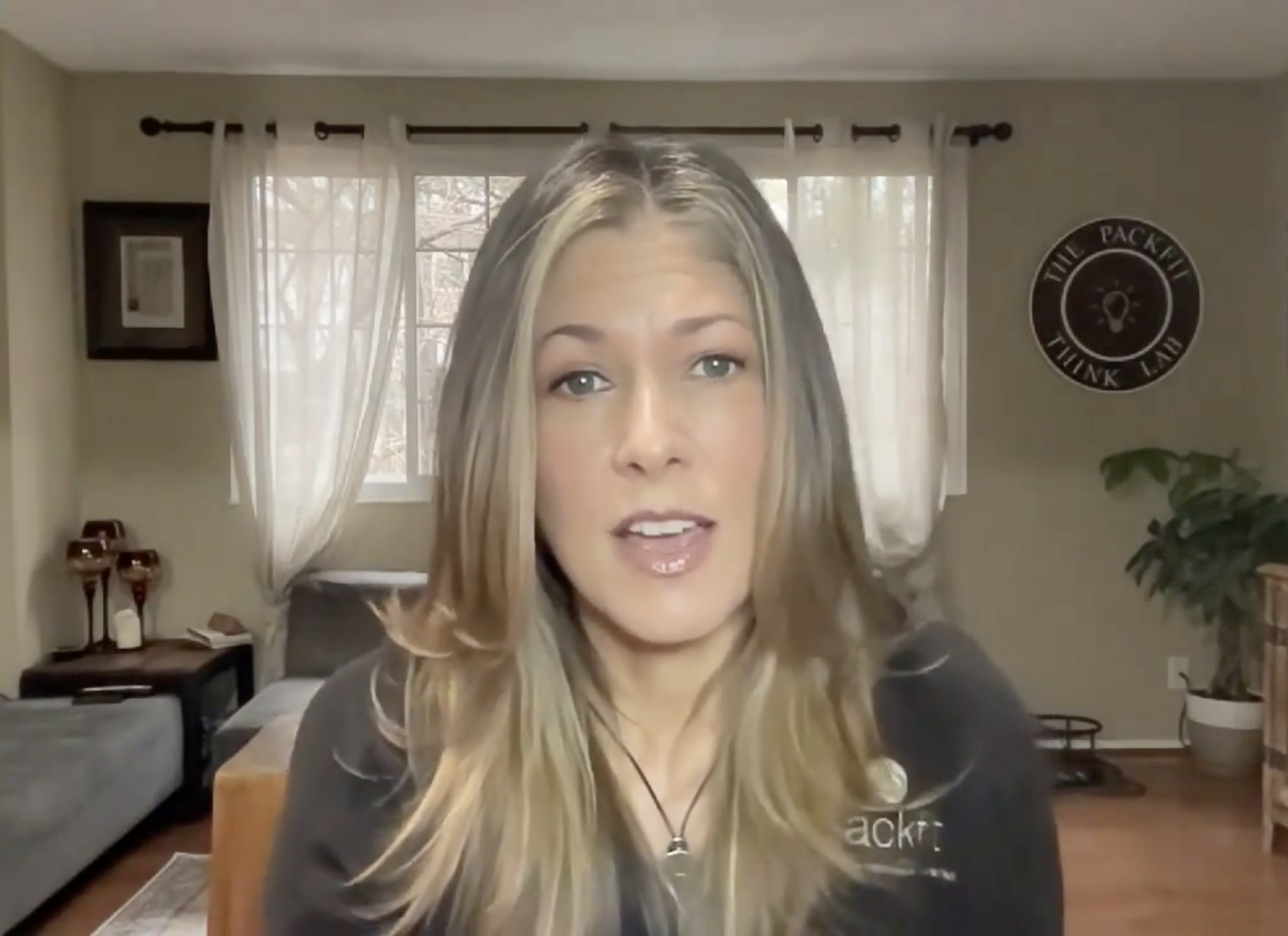
The importance of “the human end of the leash”
The work we do with people and their dogs has been described over and over again as "completely transformational" and "life changing." There are two ends of the leash. We're in relationship with our dogs. Both ends need to be addressed for the most effective behavioral change. If we believe it's "just the dog" that "needs training", any "results" we achieve will be very limited.
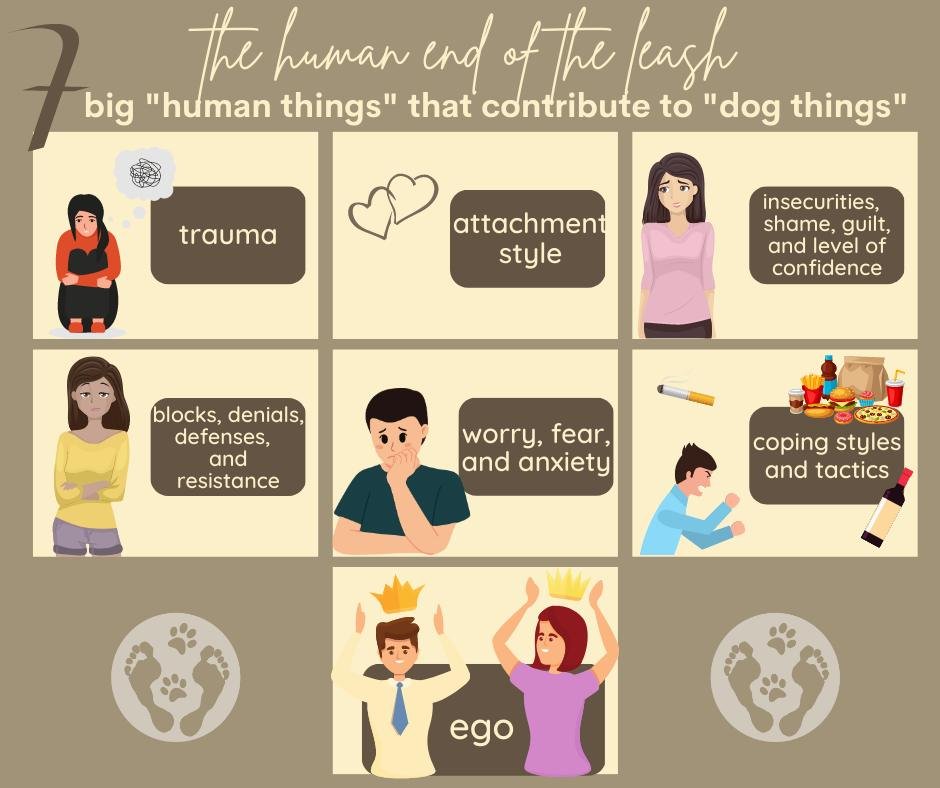
The 7th Big Human Thing that Contributes to the Big Dog Things
The 7 Big Human Things that Contribute to the Big Dog Things
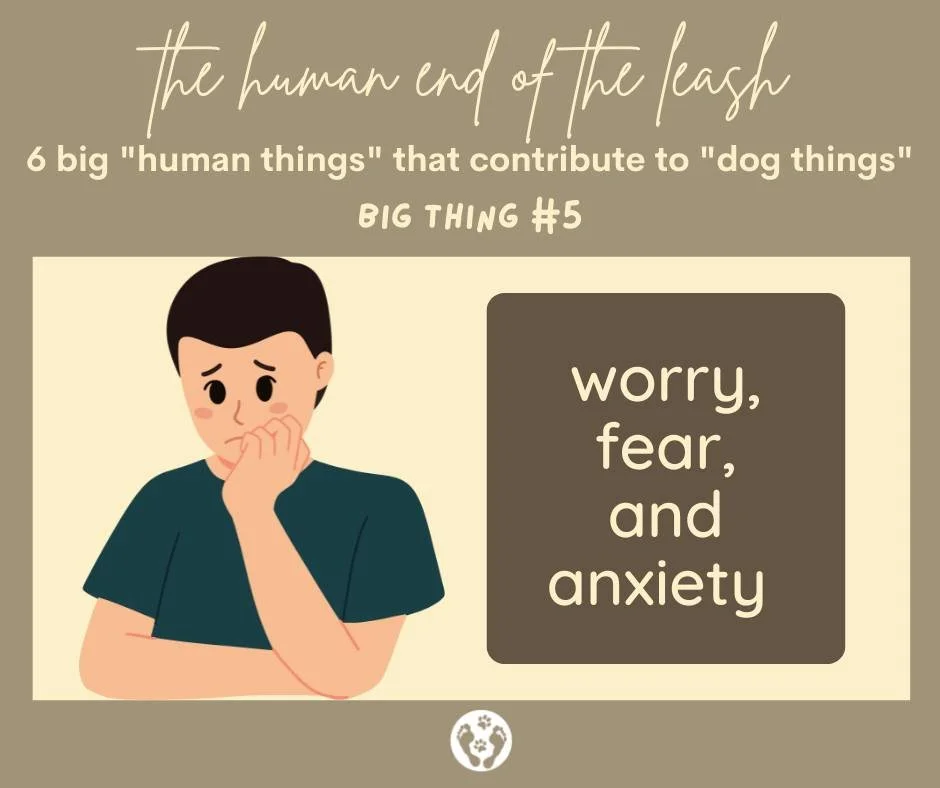
The 5th Big Human Thing that Contributes to the Big Dog Things
Worry, fear, and anxiety: the 3 Stooges; and how and why this impacts our relationship with our dogs.
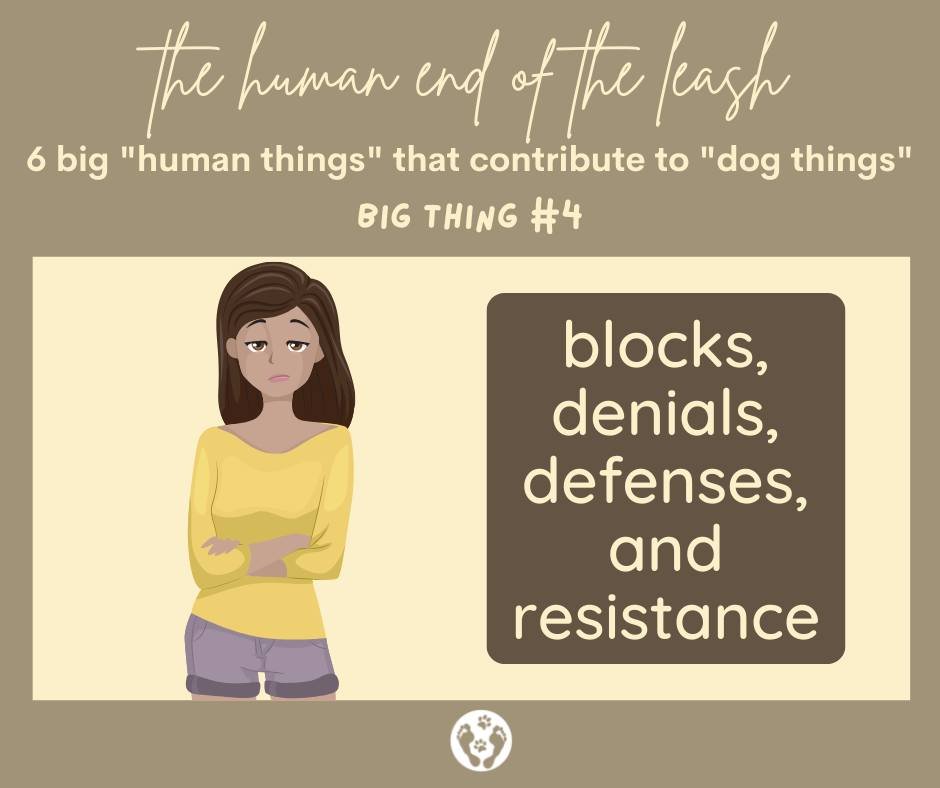
#4 of the 6 Big Human Things that Contribute to the Big Dog Things.
Blocks, denials, defenses, and resistance.
One or more of these 4 often show up in behavioral training, and there are several reasons why.
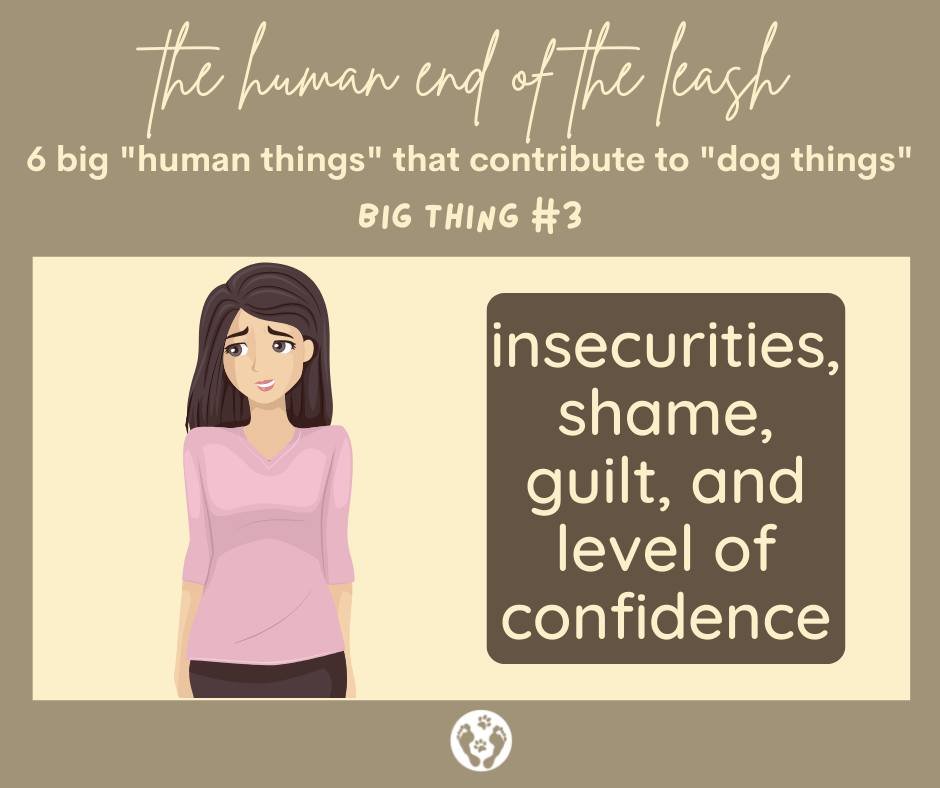
#3 Big Human Thing that Contributes to the Big Dog Things
In our ongoing series of moving through the "7 Big Human Things that Contribute to Dog Things", here is Big Thing #3: Insecurities, Shame, Guilt, and Level of Confidence.
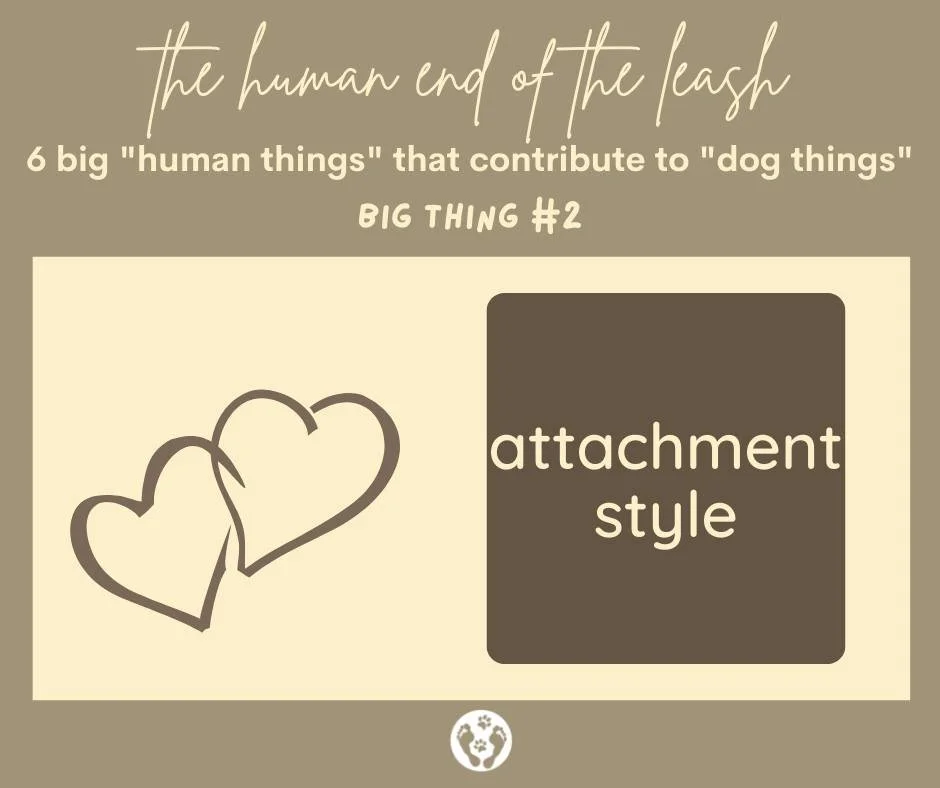
Big Human Thing #2: Attachment Style.
Human attachment style and how it impacts the relationship with our dogs.

The 7 Big Human Things that Contribute to the Big Dog Things
What started out as “6” became the 7 Big Human Things that Contribute to the Big Dog Things. Who we are, what we do, what we don’t do, how we feel… it all matters.
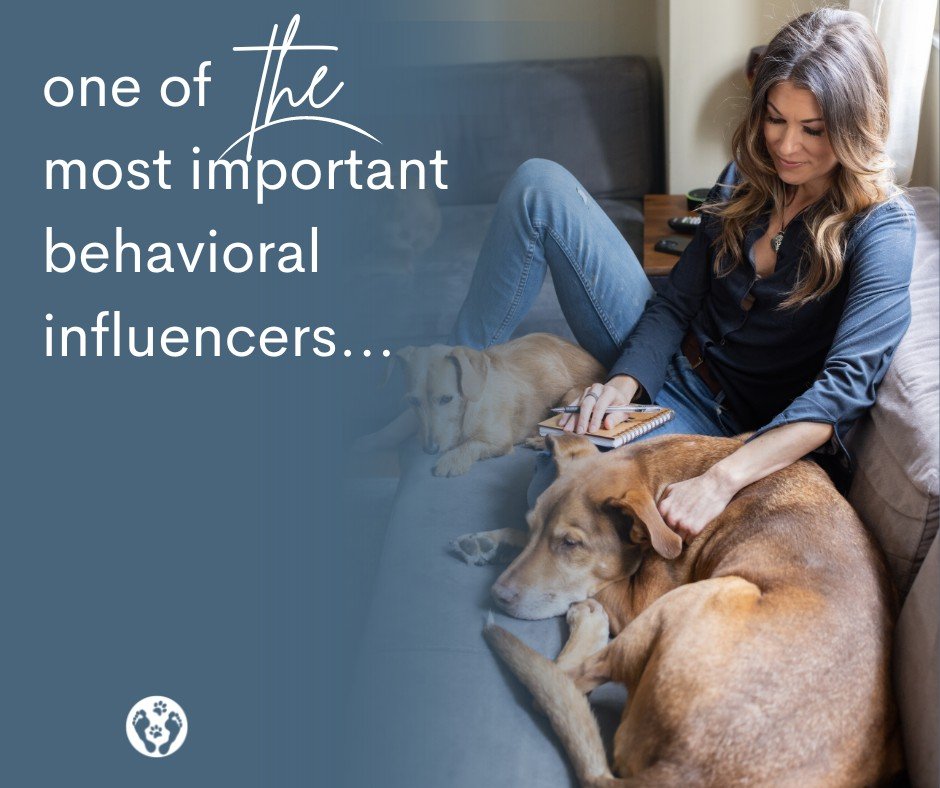
One of *the* most important behavioral influencers.
Of all of the behavioral influencers we have as social animals, the feeling of *safety* is the most important.

Understanding the Excitement Spectrum
Much like a wagging tail doesn't always mean a "friendly" dog, an overly aroused, overly excited, super juiced and jacked up dog doesn't always mean a "happy" dog.

The Power of Opposites
Whenever we have excess or lack, it creates an imbalance.
Understanding the concept of “countering” in dog training is important, and here’s why.
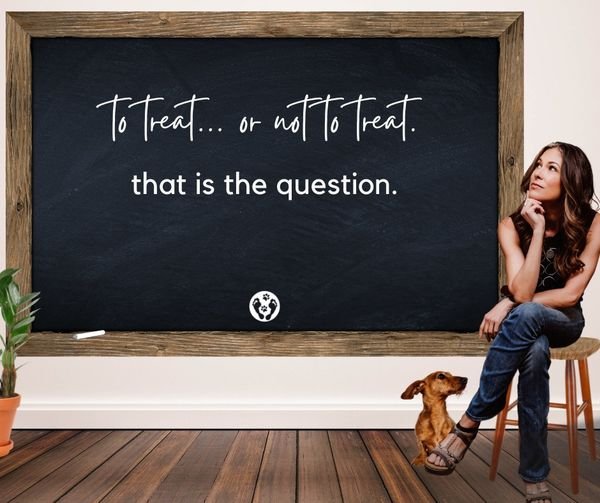
To treat or not to treat…that is the question.
Food is one of the most misused dog training tools out there.
Unfortunately, the general public has been conditioned to use food for practically everything when it comes to their dogs; leaving many feeling frustrated, confused, stressed, etc. when things don't go as intended (on both ends of the leash).
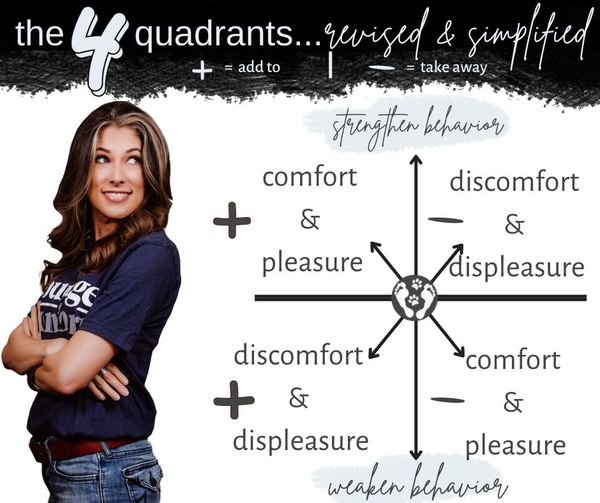
The 4 Quadrants of Operant Conditioning. Revised and simplified.
So, here we go. The 4 quadrants of "operant conditioning" ... revised and simplified.
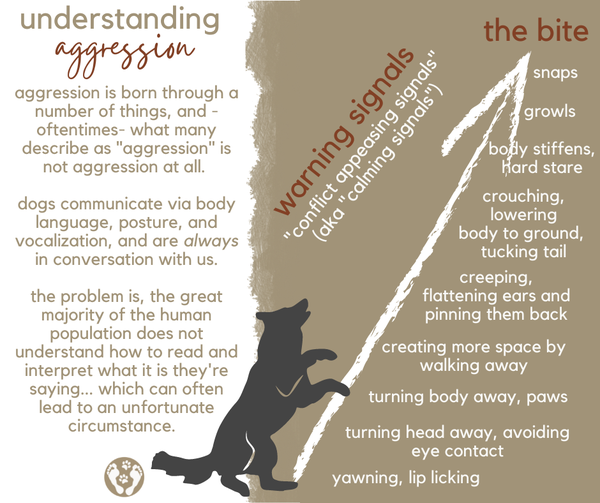
Unpacking “aggression.”
"Aggression" is one of the most misunderstood behavioral phenomenons in dogs and one of the most mishandled (even by a number of trainers). It’s also one of the most misinterpreted...
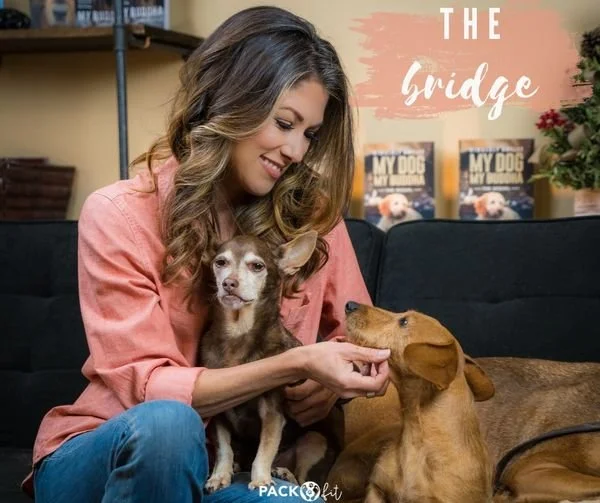
Being the bridge.
....not to be confused with the bridge *signal*, which is used as a "marker" to indicate to a dog expectations have been met and a job was well done. When conditioned properly, bridge signals essentially translate to: "Amazing, Dog...great work! Bravo! Your paycheck is on its way!"
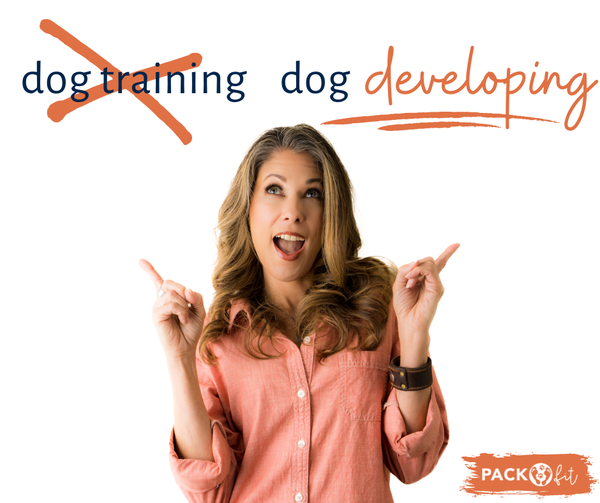
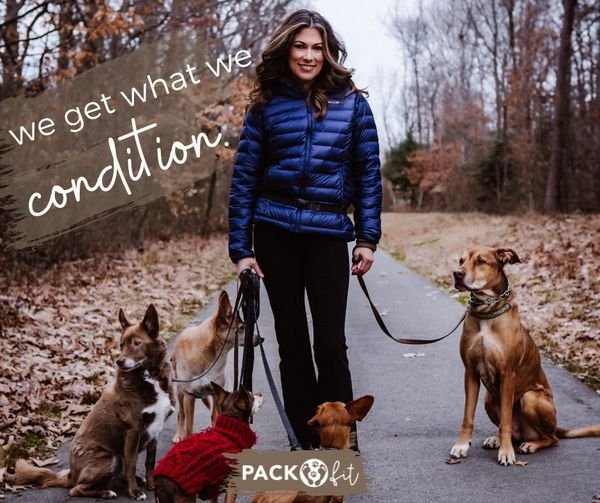
Start small to go big.
Dog training and behavior modification is a big job with a ton of smaller moving parts, and often comes with a big expectations. There's usually a deep sense of urgency in play (due to the fact most wait until behaviors get so bad, so risky, and so intolerable before they invest in help), as well as a mindset that throwing money at a problem will make it go away and dog trainers are "fairy dog-mothers" (or fathers) with magic wands. There's an expectation for big results...without taking the smaller, necessary steps to reach them or any level of involvement.
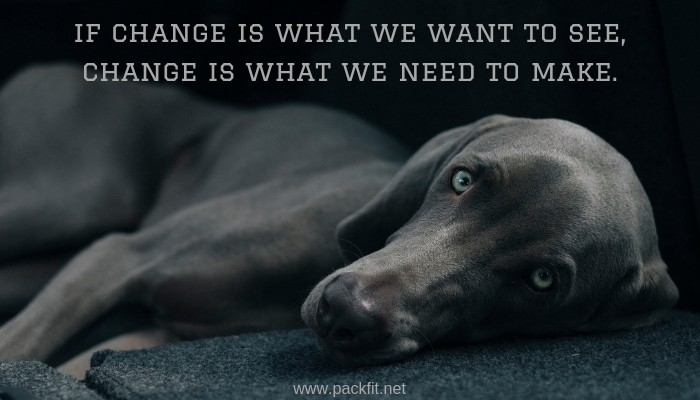
If change is what we want to see, change is what we need to make.
Change. Change is uncomfortable and can be painful. It can also be quite exciting. Change often means stepping into the uncertain and the unknown. Letting go. Releasing the practices, things, circumstances, people and relationships that no longer lift, support, inspire, and positively challenge us. Who and what weighs us down. Change involves taking full ownership and responsibility of ourselves, our choices, our lives~ as well as those who depend on us.
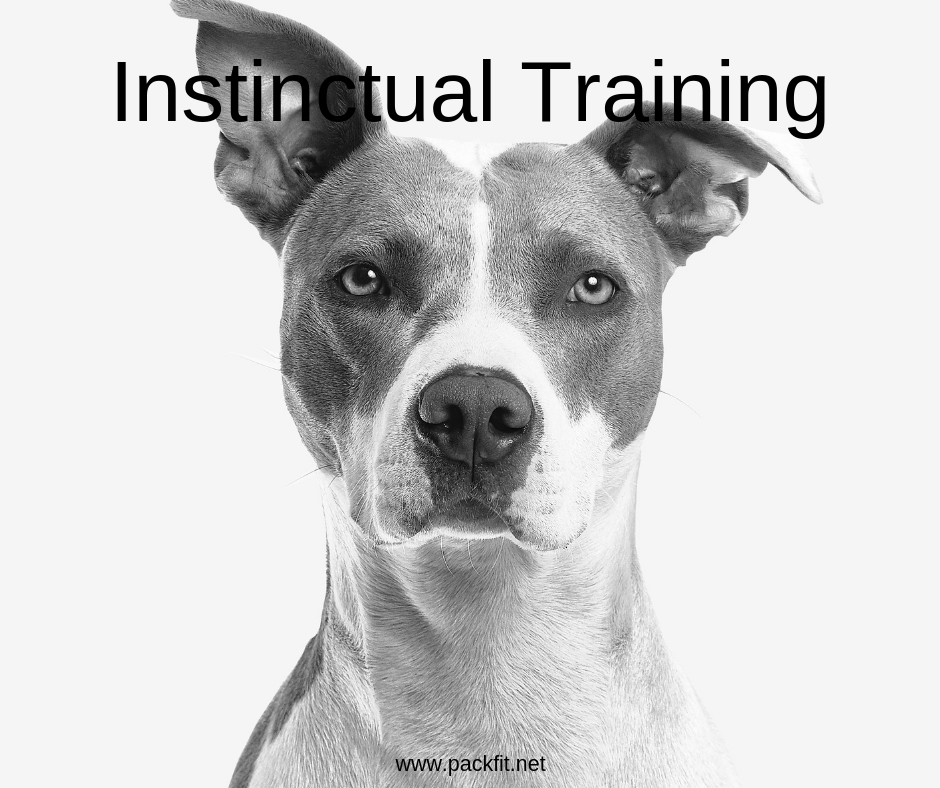
Instinctual Training.
What is "instinctual training"?
Instinctual training is setting aside all the information, directives, and guidance we've been given about dogs; all the research we've done and what we've been taught, and dialing in to what we feel the individual dog in front of us needs.

Numbing, avoiding, and delaying never resolves.
Behavior is a manner of expression. It's the external manifestation of an underlying internal driving force. Regardless of species.

